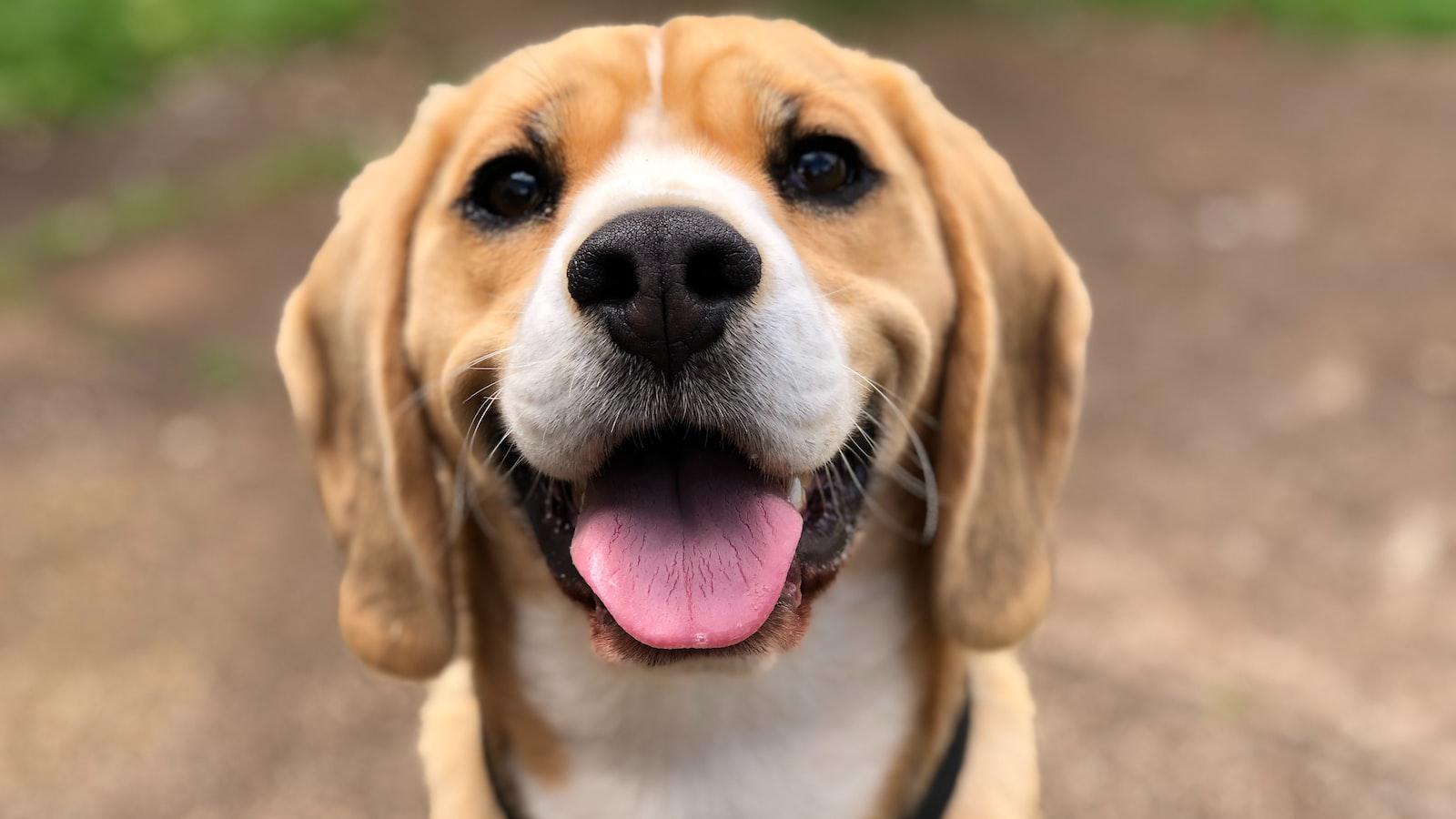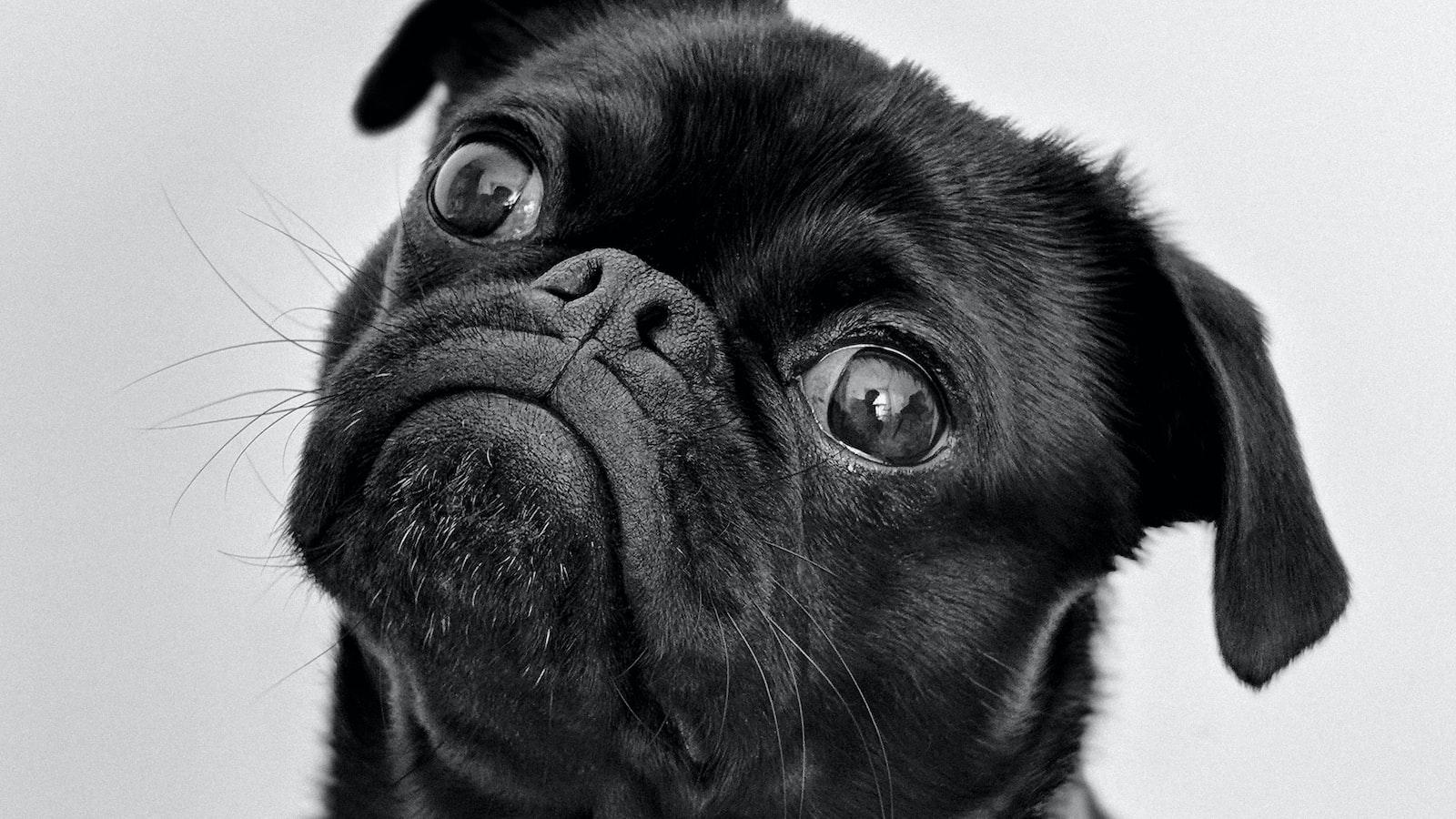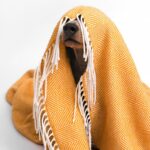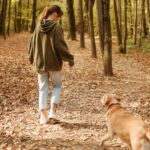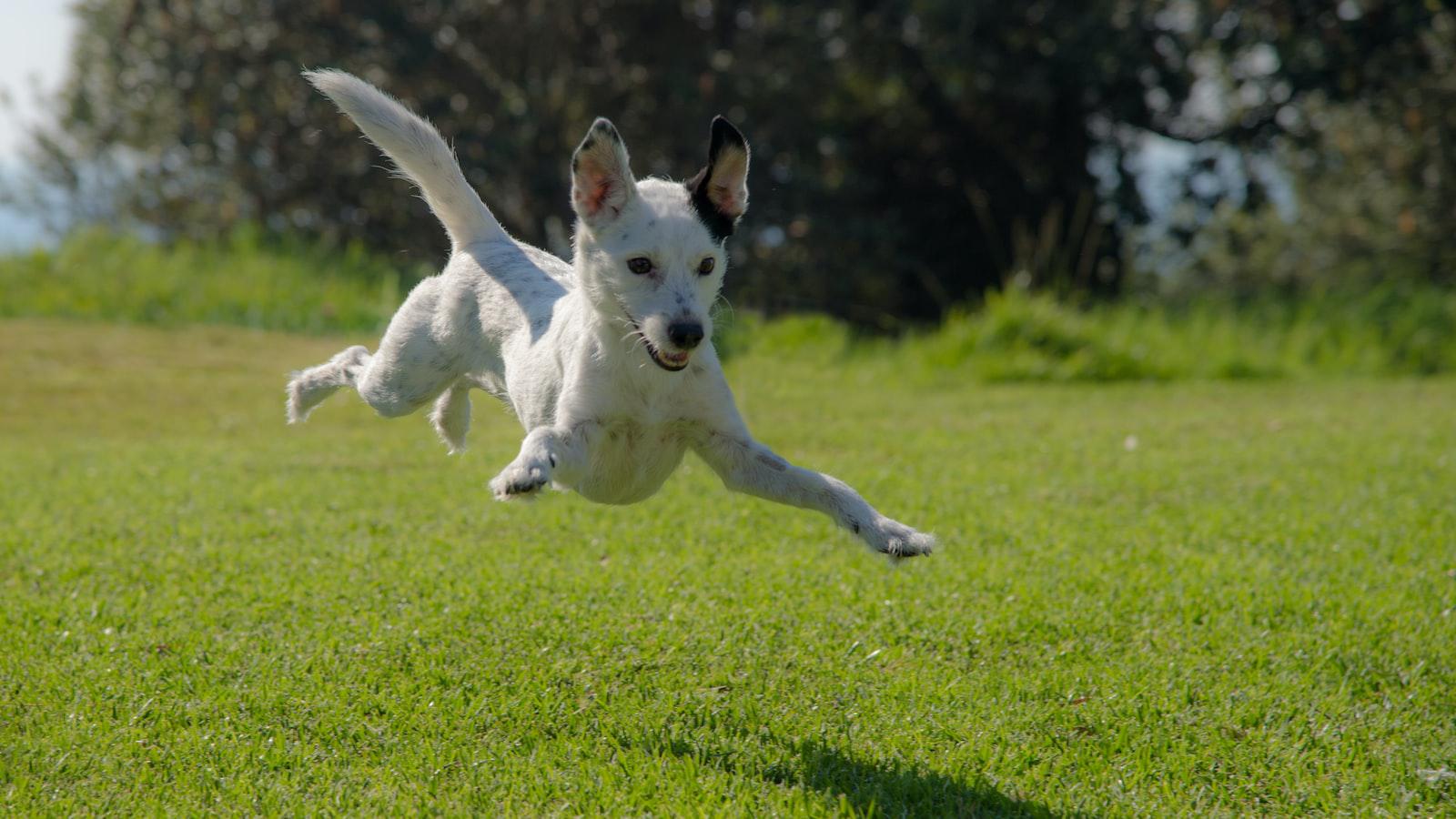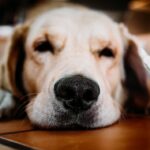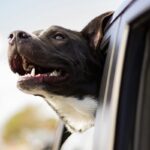Have you ever watched your dog gleefully roll around in something you’d rather not mention?
You know, that peculiar behavior when they find a particularly repulsive object and decide to make it their own personal perfume?
It’s enough to make you wonder why on earth they do it.
Read on to answer the question: Why do dogs roll around on dead things?
Why do Dogs Feel the Need to Roll in Disgusting Things?
Anyone who has spent time with dogs knows that they have some quirky behaviors, and one of the most perplexing ones is their love for rolling around on dead things.
It’s a sight that can leave us humans baffled and disgusted, but for our furry friends, it seems to be pure bliss.
So, why do dogs feel the need to indulge in such revolting activities?
Here are some possible reasons why:
1. Instinctual Behavior
Dogs are descendants of wolves, and their wild ancestors had the instinct to roll in foul-smelling substances to mask their own scent.
By disguising their natural scent, they could better approach prey or sneak up on rivals without being detected.
Although domesticated dogs no longer need to hunt for survival, this instinctual behavior remains deeply ingrained in them, setting off a primal desire to roll in anything that smells disgusting.
2. Marking Territory
Dogs communicate with their surroundings through scent, and rolling on dead things can be a way of marking their territory.
By covering themselves in strong odors, they are making a bold statement that says, “This is my domain!”
Other animals will be able to pick up on these scents and get the message loud and clear, whether they intended to or not.
3. Social Bonding
Believe it or not, rolling in disgusting things can also be a form of social bonding for dogs.
In the wild, the pack would have a distinct smell that helped them recognize and identify each other.
Rolling in the same scent as their pack mates can help strengthen the connection between individuals and reinforce their social bonds.
It’s almost like wearing matching friendship bracelets, but with a much more pungent aroma!
4. Scratching an Itch
Some experts believe that rolling on dead things could simply be a way for dogs to alleviate an itch or irritation.
Dead animals often contain parasites or insects, and by rolling on them, dogs may be trying to scratch an itch or get rid of pesky bugs that they can’t reach with their paws.
This behavior might serve as a sort of natural self-grooming mechanism for our furry companions.
Tips on How to Prevent Your Dog from Rolling on Dead Animals
If you’re tired of your dog turning into a walking fragrance factory, don’t worry!
Here are some handy tips and tricks to help you put an end to this less-than-pleasant habit:
1. Keep an Eye on Your Dog
The first step in preventing your dog from rolling on dead animals is to be vigilant and keep a close watch on them during walks or outdoor playtime.
Look for signs that they might be heading toward something undesirable, such as a sudden change in body language, increased sniffing, or a sudden change in direction.
By catching these signs early, you can redirect their attention and prevent them from getting too close to the smelly temptation.
2. Train a Strong “Leave It” Command
Teaching your dog a reliable “leave it” command can be a game-changer when it comes to preventing them from rolling on dead animals.
Start by using treats and rewarding them for responding to the command when they’re in a controlled environment.
Gradually increase the distractions and practice the command in different settings until they can confidently ignore dead things even when they’re within sniffing distance.
Consistency is key here, so make sure to reinforce their good behavior with praise or treats.
3. Use Deterrents
If all else fails, you can turn to scent-based repellents to discourage your dog from rolling on dead animals.
Look for pet-safe sprays or powders specifically designed to deter dogs from unwanted behaviors.
Apply the deterrents onto your dog’s leash or the areas they are prone to roll on.
The unpleasant scent will help associate rolling on dead things with an undesirable experience, dissuading them from repeating the behavior in the future.
Remember to consult your veterinarian before using any products on your furry friend.
Promoting Good Hygiene and Alternative Behaviors for your furry friend
While we understand the reasons behind this behavior, it’s crucial to promote good hygiene and protect our beloved pets from potential health hazards.
Rather than discouraging them from rolling, we can redirect their behavior towards more suitable alternatives.
Consider incorporating these tips into your dog’s routine:
-
- Regular Bathing: Maintaining a consistent bathing schedule will help keep your dog clean and free from any odors they may have acquired.
-
- Positive Reinforcement: Rewarding your dog when they engage in alternative behaviors like playing with toys or exploring new scents will help divert their attention away from dead things.
-
- Engaging Exercises: Dogs have immense energy, so ensuring they have plenty of physical and mental stimulation through exercise will alleviate their desire to roll on unpleasant objects.
-
- Scent Swapping: Introduce your dog to new scents by using essential oils or pet-friendly perfumes, which will satisfy their instinct to mask their own scent without resorting to dead things.
By understanding the reasons behind your dog’s behavior and implementing these alternative hygiene-promoting strategies, you can strike a balance between their natural instincts and the importance of cleanliness.
Remember, our furry friends rely on us to keep them safe, happy, and healthy, so let’s embrace their quirks while providing them with the care they deserve!
FAQ
Q: Why exactly do dogs feel the need to roll around on dead things?
A: Well, believe it or not, there isn’t a single explanation that fits all dogs.
However, there are a few theories that might shed some light on this rather stinky behavior.
Q: Can you tell us about these theories?
A: Certainly!
One theory suggests that dogs roll around on dead things to mask their own scent.
By covering themselves in an unfamiliar smell, they may have believed it helped them camouflage from potential predators or prey in the past.
It’s like they’re saying, “Hey, I smell just like this icky thing, so leave me alone!”
Q: That’s intriguing!
Are there any other theories?
A: Absolutely!
Another belief is that dogs engage in this behavior as a way to communicate with their pack or human family.
Rolling on dead stuff might be their way of sharing an exciting or interesting smell with their buddies.
You can think of it as their own version of social media, where they’re saying, ”Hey, check out this crazy smell I found, guys!”
Q: Some dogs roll around on things that aren’t dead, like grass or dirt.
How does that fit in?
A: Excellent question!
Dogs don’t limit their rolling adventures to just dead objects; anything with a strong and intriguing odor can catch their attention.
Rolling on grass or dirt might serve a similar purpose to rolling on dead things.
It’s like their way of saying, “Look at me, everyone! I’ve found something fabulous here!”
Q: Is there anything else we should know about why dogs rolling on dead things?
A: Well, it’s important to remember that dogs are individuals, and what motivates one dog might not apply to another.
While rolling on dead things might have historical or instinctual roots, our furry pals also have unique personalities that can influence their behavior.
Some just find it plain old pleasurable or entertaining!
Q: Do we need to stop our dogs from rolling on dead things?
A: Unless your dog’s rolling habit poses a danger or health risk, it’s generally safe to let them indulge in this peculiar behavior.
However, to avoid any unpleasant surprises or unwanted smells, it’s a good idea to keep an eye on your dog’s environment and try to redirect their attention if you can.
Q: Got it! So, rolling around on dead things is mostly normal doggie behavior?
A: Absolutely!
As odd as it may seem to us humans, rolling on dead things is often just part of a dog’s natural behavior repertoire.
It might not always make sense to us, but that’s what makes our four-legged companions so wonderfully unique!
Bringing it All Together
So, now you know the secret behind those questionable and sometimes repulsive antics of our beloved furry friends—why dogs roll around on dead things.
It turns out that this behavior is deeply ingrained in their ancient hunting instinct and serves a purpose beyond our initial repulsion.
Next time you catch your canine companion rolling around on a dead bird or a smelly pile of unknown origin, try to appreciate their primal nature.
You can give them a good rinse afterward and know that they’re simply following their instincts.
After all, our dogs are wonderfully complex creatures with a few quirks that make them uniquely adorable.
Embrace the intricacies of their animal nature and accept those little quirks that make them our lovable, sometimes stinky, best friends.


